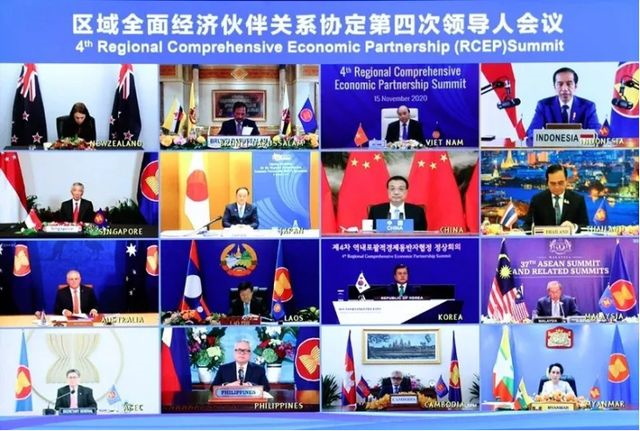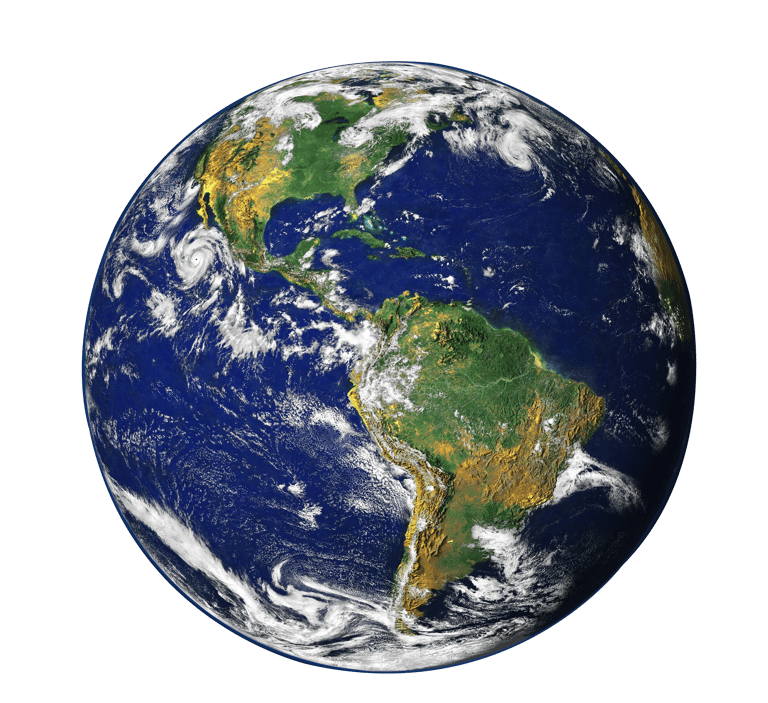Regional Comprehensive Economic Partnership (RCEP) Signed, Marking Asia's Economic Integration Milestone
On November 15, 2020, China, the ten ASEAN nations, Japan, South Korea, Australia, and New Zealand signed the Regional Comprehensive Economic Partnership (RCEP) via video conference, forming the world's largest trading bloc and heralding a new era of economic integration in the Asia-Pacific.
CHINA,POLITICS
global n press
11/15/20201 min read


On November 15, 2020, China, the ten ASEAN nations, Japan, South Korea, Australia, and New Zealand signed the Regional Comprehensive Economic Partnership (RCEP) via video conference, forming the world's largest trading bloc and heralding a new era of economic integration in the Asia-Pacific.
After multiple rounds of negotiations, the Regional Comprehensive Economic Partnership (RCEP) was formally signed. Initiated by 15 Asia-Pacific nations, the pact covers nearly one-third of the world’s population and about 30% of global GDP, making it the largest free trade agreement at the time. RCEP commits to lowering tariffs and unifying rules across areas including trade in goods, services, investment, and economic and technical cooperation. While India was an initial negotiating party, it opted out at a crucial moment.
The signing of RCEP was viewed as a significant victory for the global multilateral trading system amid rising protectionism. For China, it further cemented its central economic role in Asia and solidified its position as the region's primary trade and investment partner.
From a geopolitical and conservative standpoint, particularly following the U.S. withdrawal from the TPP (now CPTPP), RCEP’s completion was interpreted as a strategic move by China to dominate the shaping of regional economic rules and challenge U.S. economic influence in the Asia-Pacific, having profound implications for the regionalization of global supply chains.




